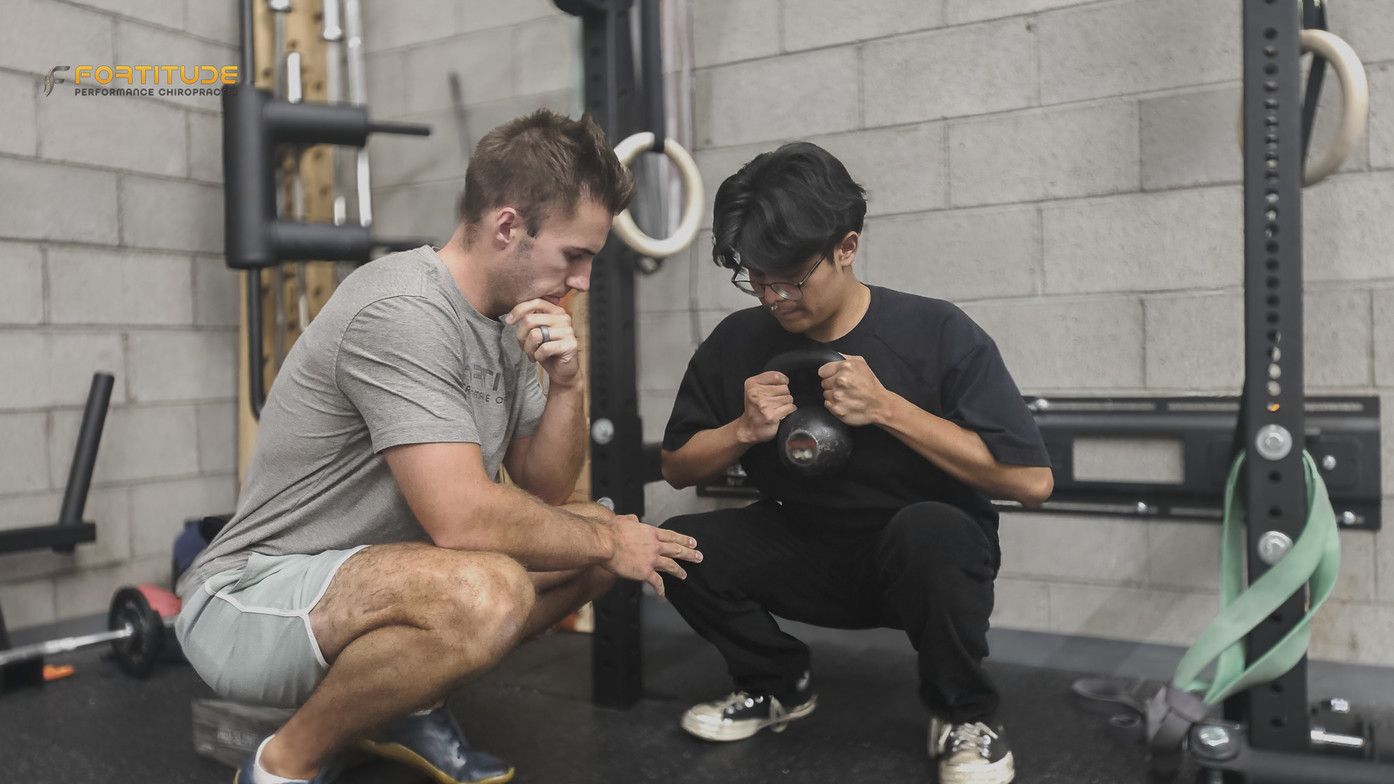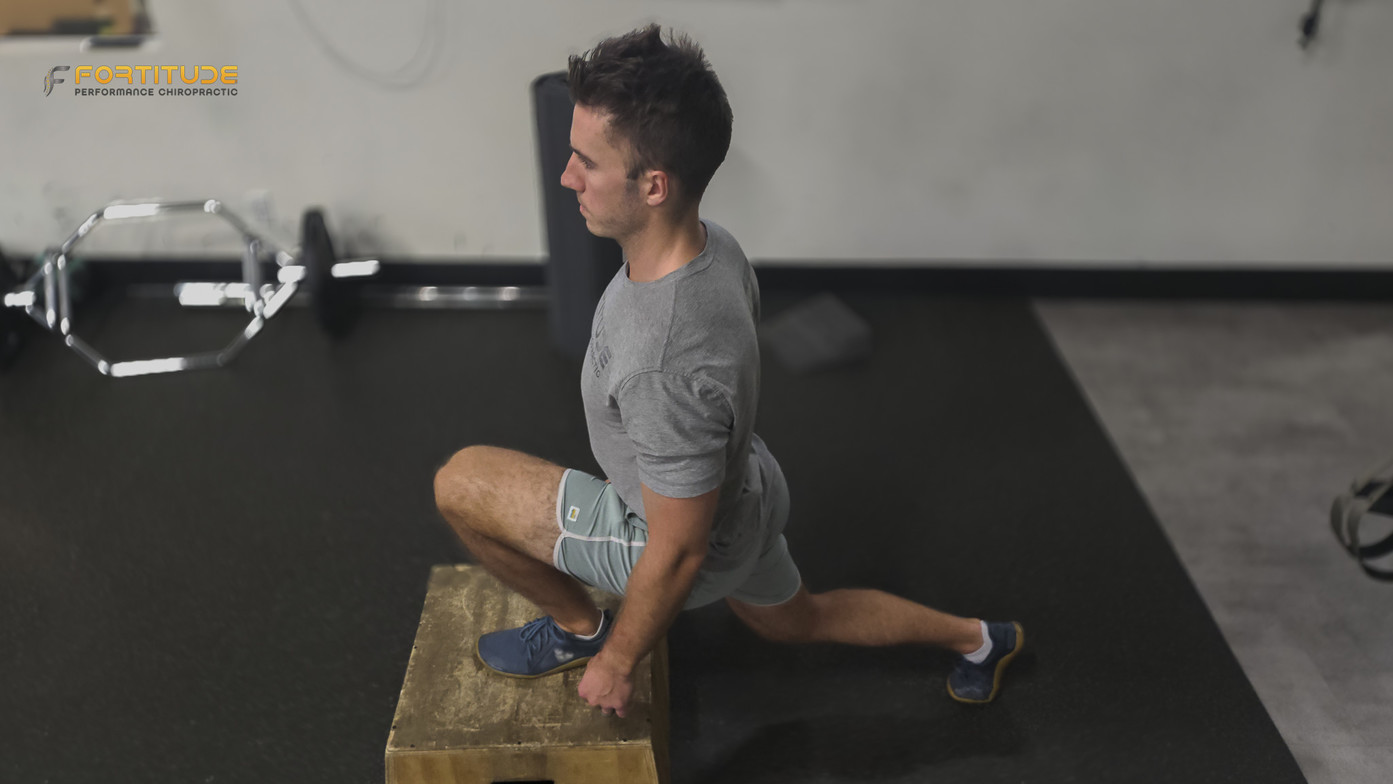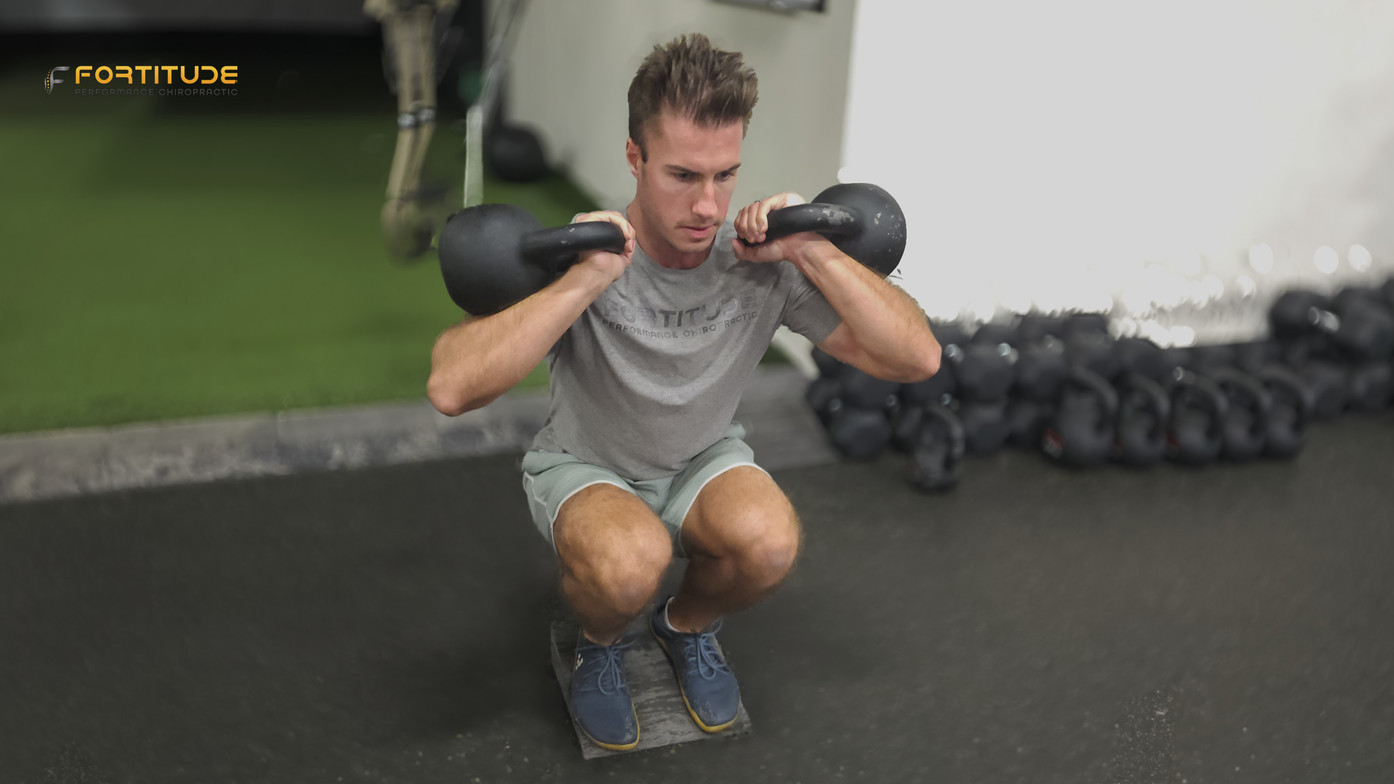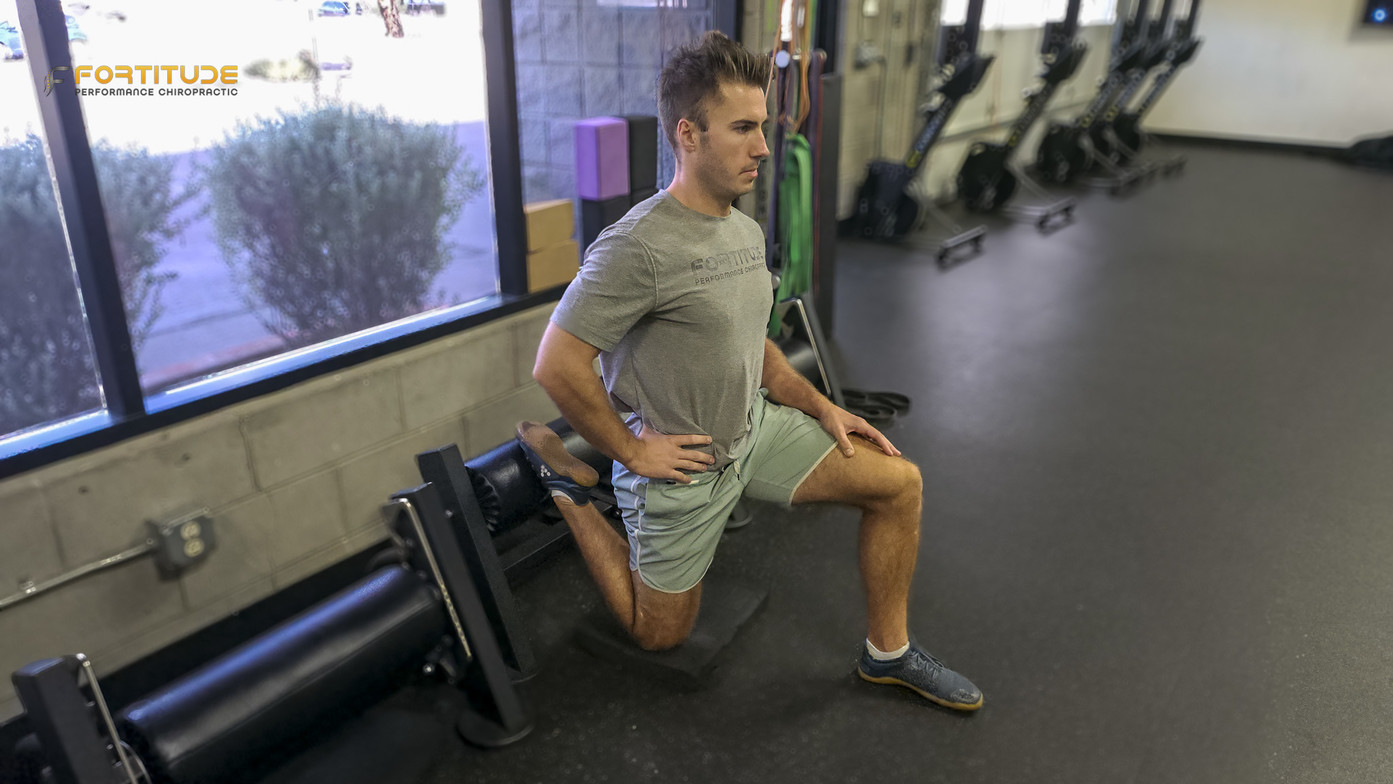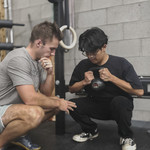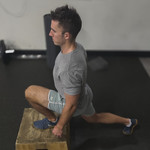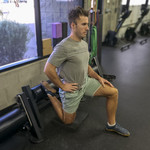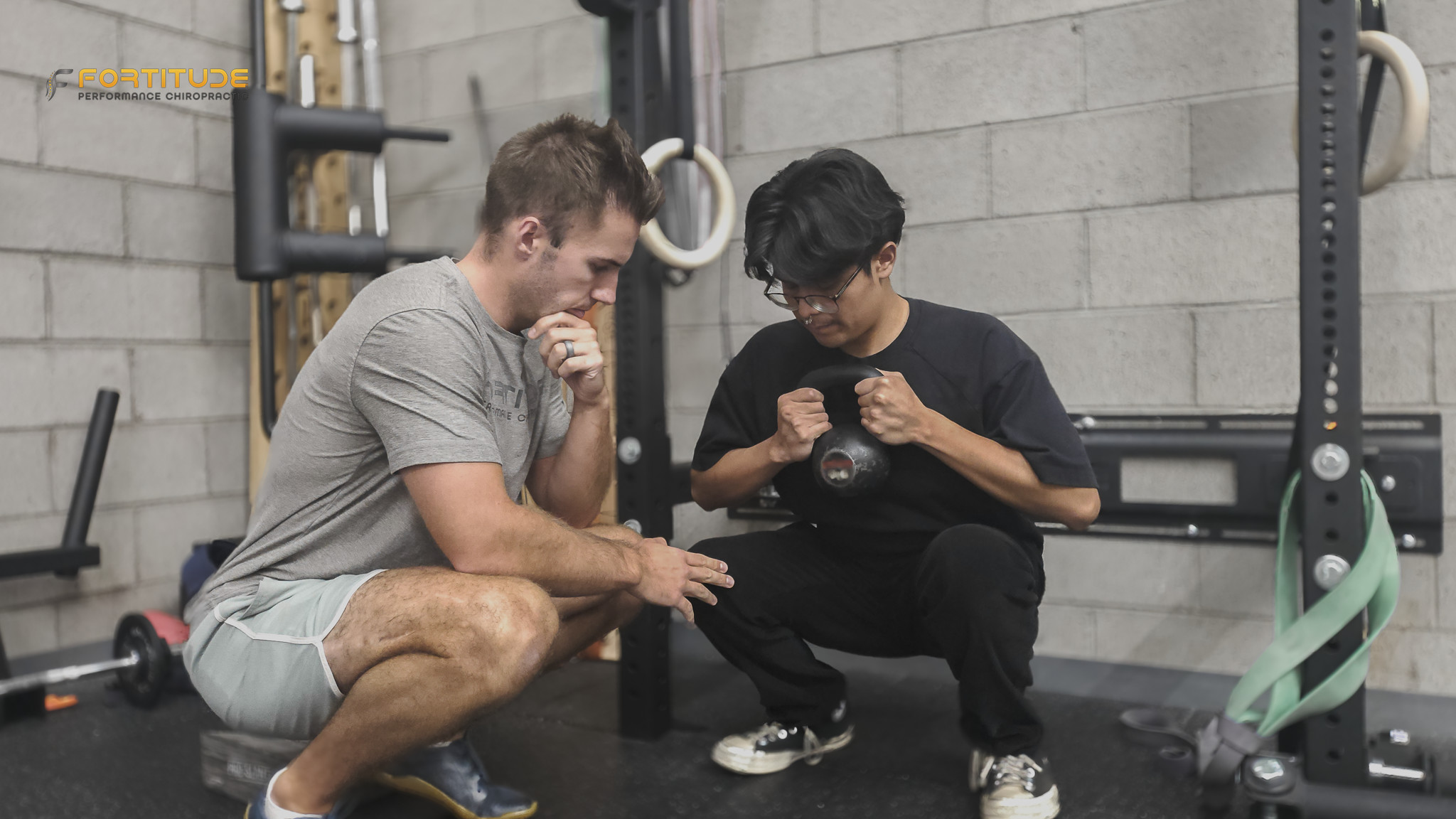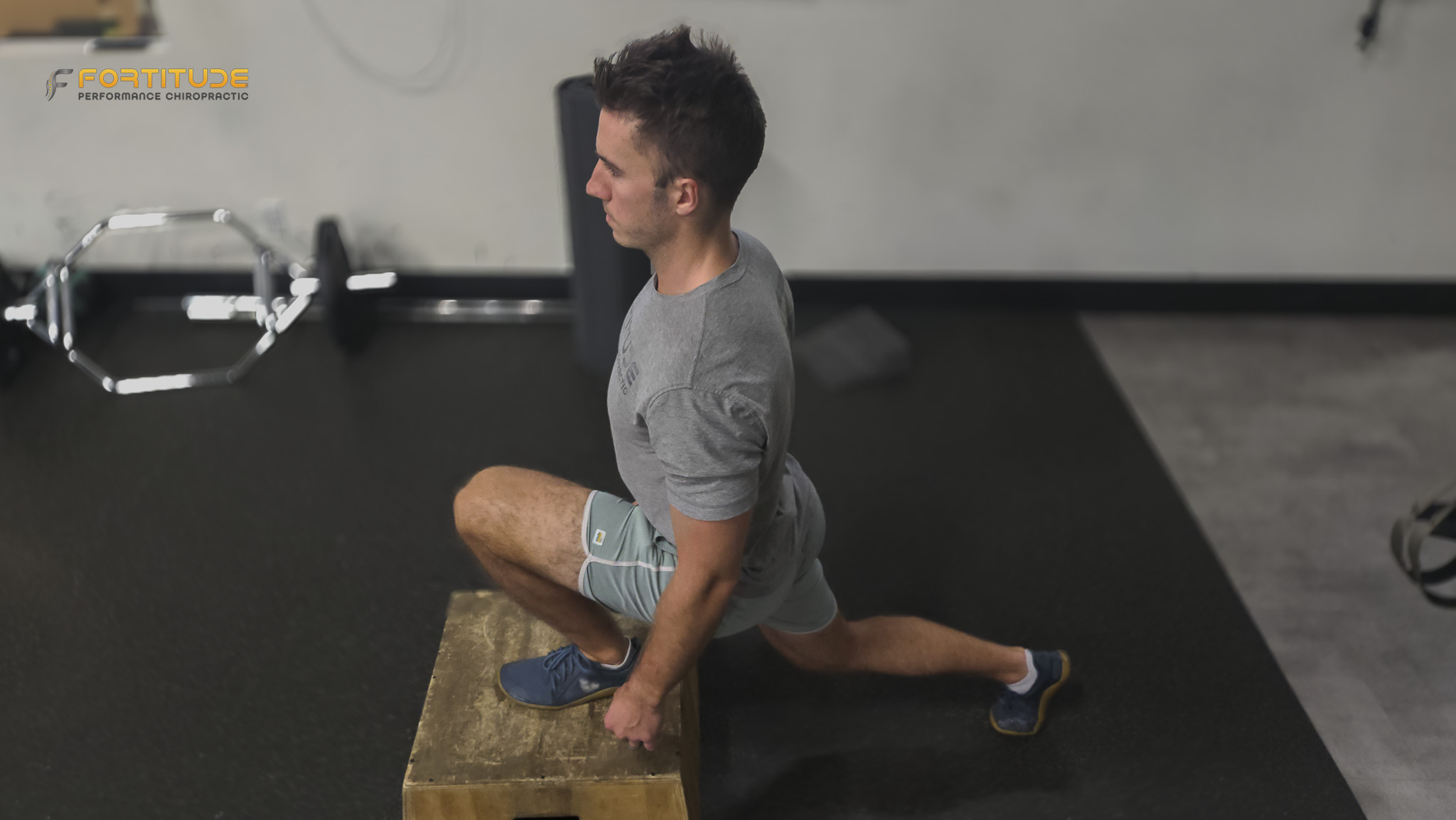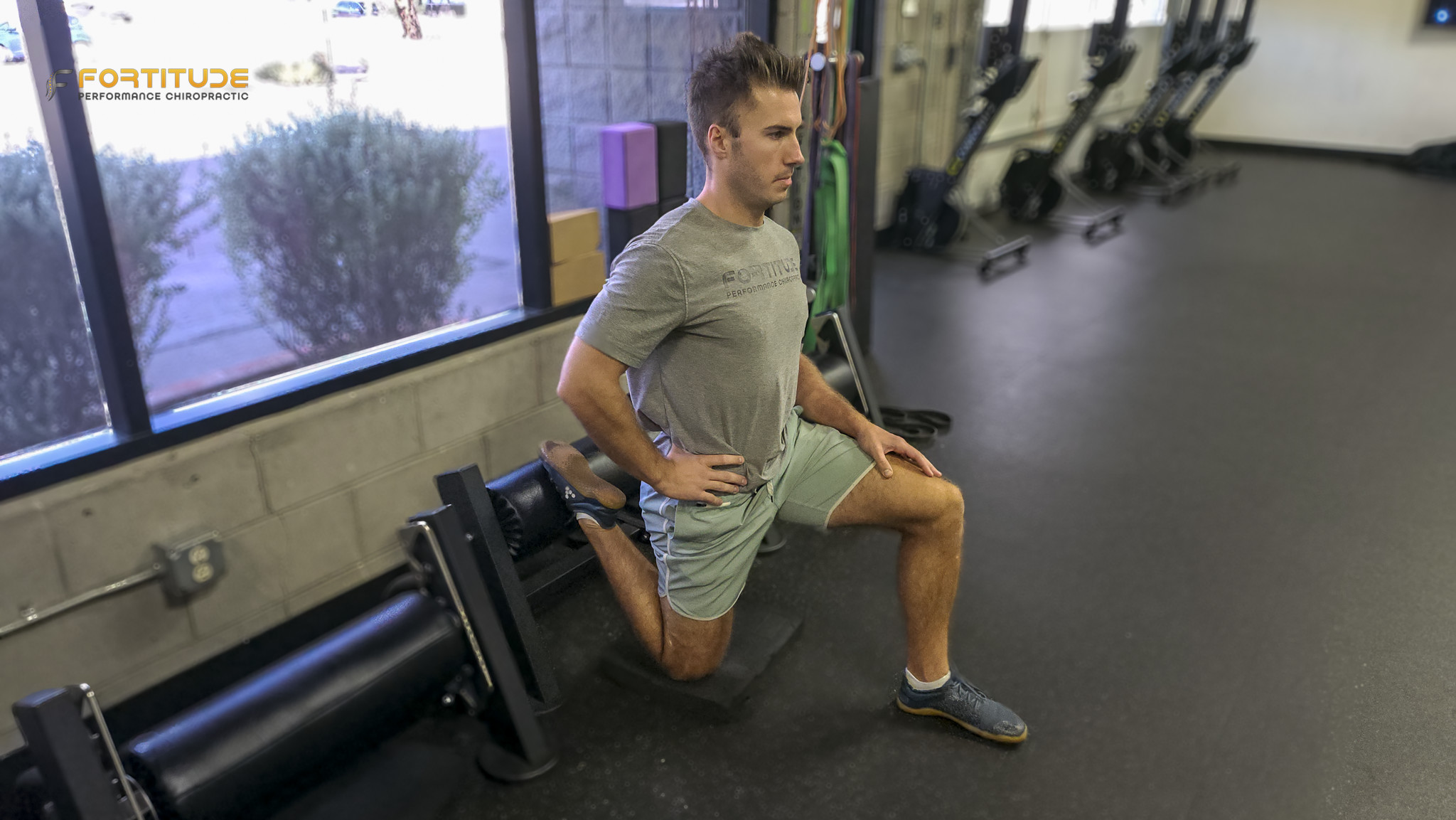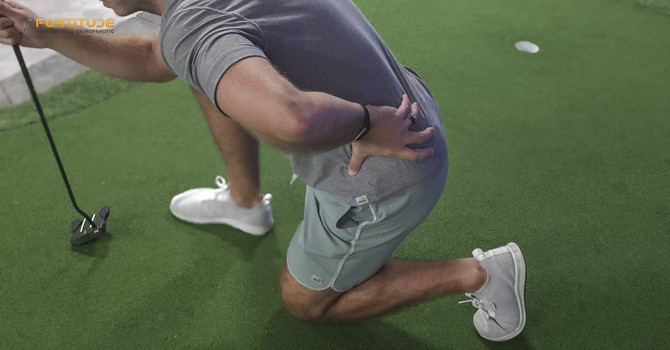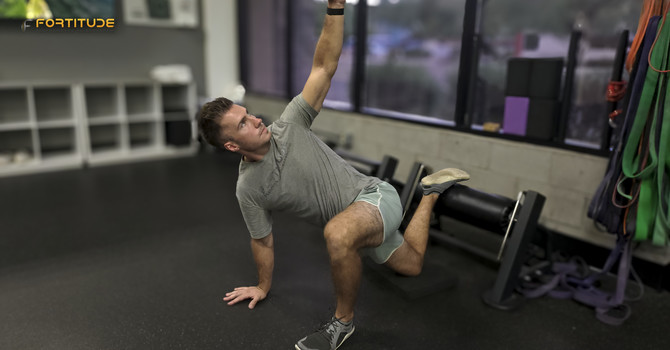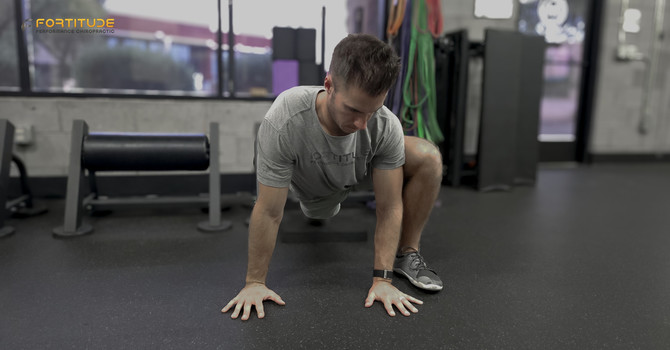Knee Pain That Won’t Go Away? Here’s What’s Actually Causing It
Knee Pain Getting in the Way of Your Life?
If your knees ache during squats, stiffen up after pickleball, or throb walking down stairs, and it just keeps happening, you’re not alone.
Knee pain is one of the most common reasons active adults in Scottsdale start skipping workouts, cutting rounds short, or avoiding the court entirely.
Not because they want to. But because they feel like their body is working against them.
We hear it all the time from patients:
“I’ve had cortisone shots. I’ve iced it. I’ve even done PT. Nothing lasts.”
“They told me the MRI looked normal… but my knee still hurts.”
“I’m doing everything they recommended, but the pain keeps coming back.”
Here’s what most people never get told:
Knee pain is usually a symptom, not the actual problem.
And if we want to fix it, we have to stop chasing the pain and start looking at how your body moves.
What Causes Knee Pain in Active Adults?
Knee pain is rarely just about the knee joint. It usually shows up because something else isn’t doing its job, and the knee takes the hit. We like to call the knee the “people pleaser” - the joint that takes on all the jobs that others aren’t doing, like your hips or your ankles.
Here’s what we see most often at our clinic in Scottsdale:
Repetitive Load Without Control
Running, hiking, swinging a club, pivoting on the pickleball court, all of it loads the knee repeatedly. If your body isn’t absorbing that load well, irritation builds fast.
We see this in players who grind through a couple matches or practice sessions, then pay for it the next day.
Common examples:
- Runner’s knee (patellofemoral pain syndrome)
- IT band syndrome
- Pes anserine bursitis
- Knee Arthritis and Osteoarthritis
- Meniscus irritation and tears
Muscle Imbalance
Tight quads, underactive glutes, and weak hamstrings all pull the knee out of alignment. Every time you move, it reinforces the imbalance, and your joint pays for it.
One of our patients, a competitive pickleball player, came in with nagging inner knee pain. His lunges and pushes were all quad-dominant, and he had zero hip control. We fixed his glute activation and cleaned up his footwork, and now he’s back in doubles tournaments without pain.
Joint Degeneration
If you’ve been active for years, some wear and tear is expected. But arthritis doesn’t mean you’re doomed to pain, in many cases, it just means your movement strategy needs an upgrade.
The simplest and most important thing to understand is that:
Arthritis ≠ pain
However: Arthritis + poor hip mobility or movement patterns + poor load management = pain
We’ve worked with golfers in their 50s and 60s who thought they needed surgery. In most cases, we restored how their hips and ankles moved, and their knees finally got a break.
Poor Load Management
You joined a new league. You played back-to-back rounds. You added leg day after years away from the gym. All good things, but your body, especially your tendons, needs time to adapt to the extra stress.
When tendons are loaded too much, too soon, they do not just ache. They stiffen, throb, and make even simple things like stairs or squats feel brutal.
This is not a sign you need to stop moving. It is a sign your body needs the right kind of loading at the right pace so the tendons can get stronger instead of irritated.
The goal is not just pain relief. It is getting you back to playing, training, and staying active without worrying that every workout or round will set you back.
When the Problem Isn’t Even in the Knee
Your knee sits between two power players: your hips and your ankles.
If either one is stiff, weak, or compensating, your knee becomes the middleman and absorbs the difference. (aka the “people pleaser”)
We’ve seen this play out over and over:
- Hips don’t rotate well → knees collapse inward during squats or lateral shuffles
- Ankles are locked up → stride changes and overloads the knee during your swing
- Core is weak → single-leg movements (like lunges or tee shots) lose control
- Foot collapses → entire lower chain is out of sync
Dr. Molly: “One golfer came in with sharp knee pain every time he shifted his weight in the downswing. Everyone told him to rest. When we tested him, his lead ankle was completely locked, and his trail hip was weak. Once we fixed those, his pain was gone and his consistency was better than it had been in months.”
Movement Tells the Real Story
If you’ve tried stretching, resting, and icing without relief, stop guessing.
The problem is probably in how you're moving, not what you’re feeling.
Here’s what a real movement assessment looks like at Fortitude:
Dynamic Movement Screens
- Single-leg squats or step-down test (looking for knee collapse or compensation)
- Lunges and pivots (any hip shifting or instability?)
- Gait or swing mechanics (stride length, balance, foot loading)
Muscle Function Testing
- Are your glutes firing, or are your quads doing all the work?
- Can your core stabilize during motion?
- Do your knees drift in during squats, cuts, or turns?
Joint Mobility Check
- Hip rotation and extension
- Ankle dorsiflexion (key for stairs, court play, and balance)
- Thoracic spine mobility (especially for golfers)
What Actually Fixes Knee Pain
Once we see what your body is doing (not just where it hurts) we can build a plan that actually works.
The answer is NOT stopping all activity. That leads to more stiffness and prolonged irritation.
1. Restore What’s Missing
- Unlock hip and ankle mobility
- Retrain glute activation and single-leg control
- Improve movement during real activities (stairs, swings, rallies)
2. Calm Down Irritated Tissues
- Dry needling to release tension
- Soft tissue work to quads, calves, and IT band
- Taping or temporary supports if needed
3. Rebuild Smarter
- Start with slow, controlled drills
- Progress to load-bearing, sport-specific movement
- Reinforce full-body coordination for lasting change
Dr. Max: “We’ve helped golfers who couldn’t finish a round get back to weekly play. We’ve helped pickleball players return to the court without limping afterward. It’s almost never about the knee alone, it’s how your whole body moves around it.”
When Should You Get It Checked Out?
If knee pain is stopping you from playing, training, or just enjoying life, it’s time.
Don’t push through it or hope it fades. Too often people wait too long in hopes that it will just go away and later down the line end up wishing they would have addressed it sooner. Let’s just say “a small campfire is much easier to put out than a large forest fire.”
Come see us if you’re dealing with:
- Pain during stairs (especially downstairs!), lunges, swings, or lateral movement
- Soreness or stiffness after golf or court time
- Popping, clicking, or pain when walking the course or bending down to read a putt
- Arthritis pain that you were told was never going to go away
- An inability to put full pressure on that knee in a kneeling position
We don’t guess. We assess, then guide you through what actually works.
FAQ
Why does my knee hurt going downstairs but not upstairs?
Going downstairs puts extra stress on the front of your knee because your body has to absorb more force with every step. If your hips and core are not supporting you, your knee ends up taking the full load.
This is not just a sign of “weak knees.” It usually means your body is not controlling the movement the way it should. The good news is, with the right exercises to build strength and control, you can take that pressure off your knee so stairs, squats, and even long walks feel easy again.
Could my swing or court movement be the cause?
Absolutely. We regularly work with golfers and pickleball players whose knee pain is linked to poor hip or ankle mobility. How your body moves matters, and we always test your movement so we can see what is really causing the pain. Once we know that, we can help you move better, protect your knees, and stay active without worry.
Do I need an MRI or imaging?
Most people with ongoing knee pain do not need an MRI. Imaging is usually only necessary if you have had significant trauma, swelling, or locking in the joint. Most chronic knee pain comes from dysfunction, not damage, and the way your body moves often tells us more than a scan.
We use very accurate physical tests to make sure you get the right diagnosis and treatment plan. If we ever see something that requires imaging, we refer you right away to make sure nothing is missed and every base is covered.
Can I keep playing or training during rehab?
Yes, in most cases. One of the things that makes us different is that we rarely tell someone to stop playing. Physical activity and time with friends are too valuable to put on hold.
Instead, we give you specific exercises that help right away and modifications you can use as we build your strength and resiliency. This way, your knee can heal while you keep playing. Most of our golfers and pickleball players never miss a beat.
You Don’t Have to Sit This One Out
If you want to finish 18 holes without limping off the course or play a full pickleball match without swelling the next day, there is a way forward.
Most people are told to rest or “manage” the pain, but that does not solve anything. We help you find out why the pain keeps coming back, rebuild your confidence in how your body moves, and get you back to playing without second-guessing every step.
Get your body moving the way it was built to.
Come in for a full-body movement assessment and let’s get started.

Fortitude Performance Chiropractic
Contact Me
